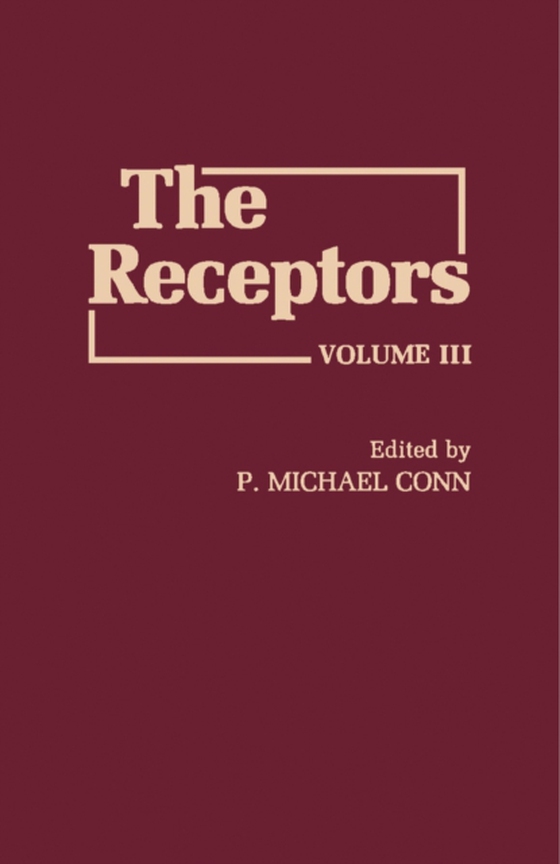
Receptors e-bog
591,74 DKK
(ekskl. moms 473,39 DKK)
The Receptors, Volume III deals with receptors for interferons, hormones, and growth factors as well as for ?-aminobutyric acid, tuftsin, somatomedin, and insulin. Prolactin and nicotine receptors are also considered, along with the protein tyrosine kinase activity of hormone and growth factor receptors. Comprised of 12 chapters, this volume begins with a detailed account of secretory componen...
E-bog
591,74 DKK
Forlag
Academic Press
Udgivet
10 maj 2014
Længde
442 sider
Genrer
MMG
Sprog
English
Format
pdf
Beskyttelse
LCP
ISBN
9781483273136
The Receptors, Volume III deals with receptors for interferons, hormones, and growth factors as well as for ?-aminobutyric acid, tuftsin, somatomedin, and insulin. Prolactin and nicotine receptors are also considered, along with the protein tyrosine kinase activity of hormone and growth factor receptors. Comprised of 12 chapters, this volume begins with a detailed account of secretory component (SC) as a receptor for polymeric immunoglobulins and the importance of SC-polymeric immunoglobulin A interactions in the mucosal immune system. The discussion then turns to interferon receptors and what is known about the fate of interferons and their receptors after binding; the use of muscimol in ligand-binding studies aimed at characterizing ?-aminobutyric acid receptors; and the role of protease nexins in the interaction of proteases with cells and in the regulation of proteolytic activity in the interstitial fluid immediately surrounding cells. Subsequent chapters focus on receptor regulation of phosphoinositides and calcium; effects of phospholipid turnover on receptor function; dynamics of tuftsin receptors; and the structure, function, and regulation of somatomedin receptors. The book also examines the internalization and intracellular processing of insulin receptors before concluding with an analysis of prolactin and nicotine receptors. This monograph will be a valuable resource for students and practitioners in fields ranging from cell biology and biochemistry to physiology, endocrinology, and pharmacology.
 Dansk
Dansk

